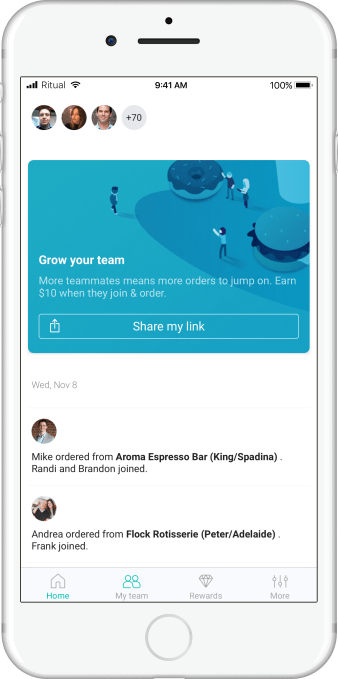Editor’s note: This post was done in partnership with Wirecutter. When readers choose to buy Wirecutter’s independently chosen editorial picks, Wirecutter and TechCrunch earn affiliate commissions.
 More than likely, there’s someone in your circle who takes great pride in knowing about and staying on top of the latest tech. While you or your gadget-obsessed acquaintance may have a broad selection of new gear, the celebrated laptop, camera, or phone might not be the one that comes with all of the bells and whistles.
More than likely, there’s someone in your circle who takes great pride in knowing about and staying on top of the latest tech. While you or your gadget-obsessed acquaintance may have a broad selection of new gear, the celebrated laptop, camera, or phone might not be the one that comes with all of the bells and whistles.
We’ve compiled some of our favorite upgrade picks that come with extra or special features that add to functionality, quality and overall performance.

Photo: Kyle FItzgerald
Bluetooth wireless headphones: The Sennheiser HD1 Wireless
Listening to music is a routine activity for many and a good pair of headphones makes a world of difference. Our upgrade pick for Bluetooth wireless headphones, the Sennheiser HD1 Wireless, are far from bargain-priced, but the sound this set offers is the best our panel of testers has ever heard from a Bluetooth model.
This Sennheiser HD1 Wireless have a solid, vintage build and for better clarity over calls, the pair has two microphones. Its cups aren’t as big as its competitors, but that doesn’t take away from comfort.
Of all the Bluetooth wireless headphones we tested, this pick gets closest to being an all-around perfect set. For those who get lost in their favorite songs and often forget to recharge their headphones, the Sennheiser HD1 Wireless offer 22 hours of battery life for more continuous playtime.
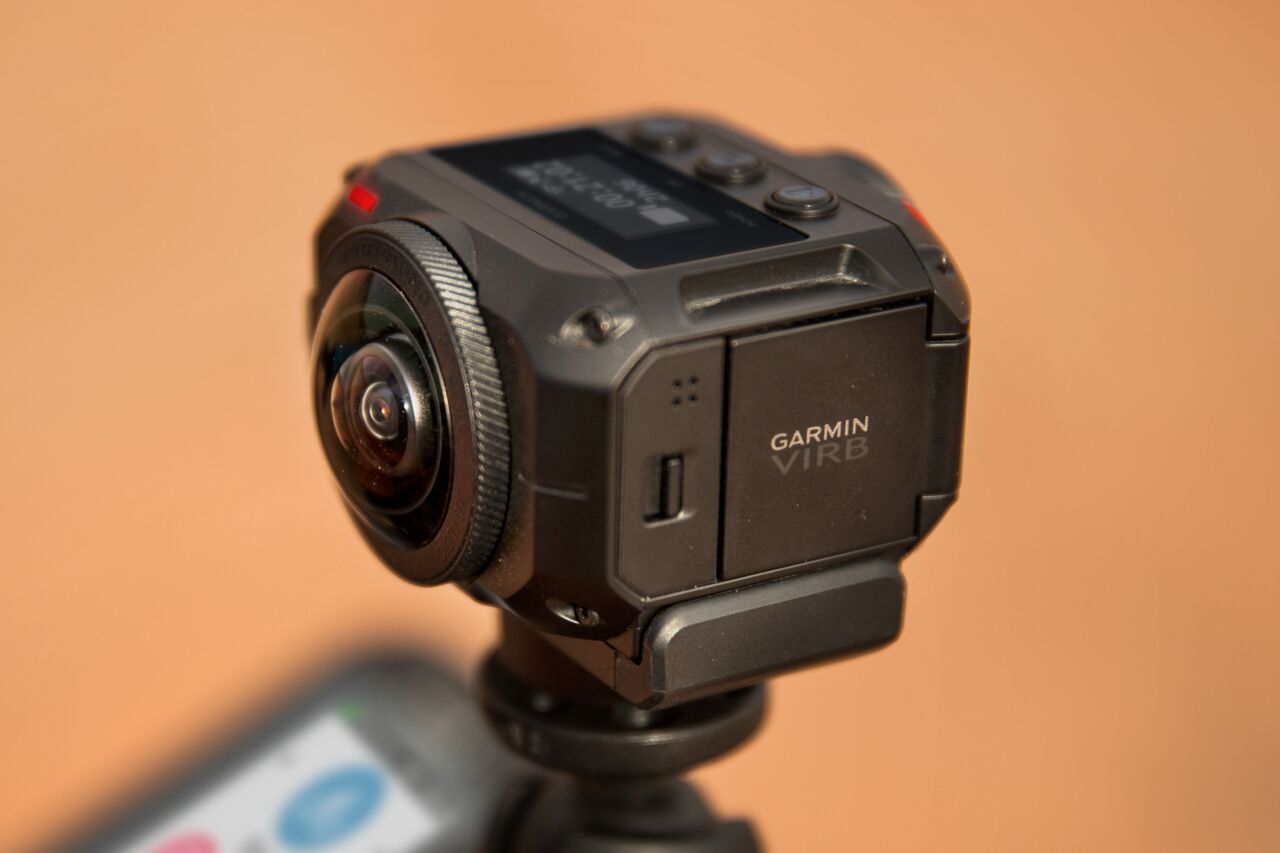
Photo: Geoffrey Morrison
360-degree camera: The Garmin VIRB 360
Capturing amazing shots in rugged, water-filled, and sometimes unfavorable environments is made easier with a 360-degree camera. More so than high-quality recording capabilities, a solid 360-degree camera should be easy to use and have features that add to its functionality.
Doubling as an action camera, the Garmin VIRB 360 offers even more. Its picture quality and digital video stabilization are noticeably better than competitors and its footage — shot in 5.7K — is good enough for professional projects. The VIRB is compact and, without a casing, can record in 33 feet of water. We like its 360-degree image and video quality — and if needed, its ability to do more.
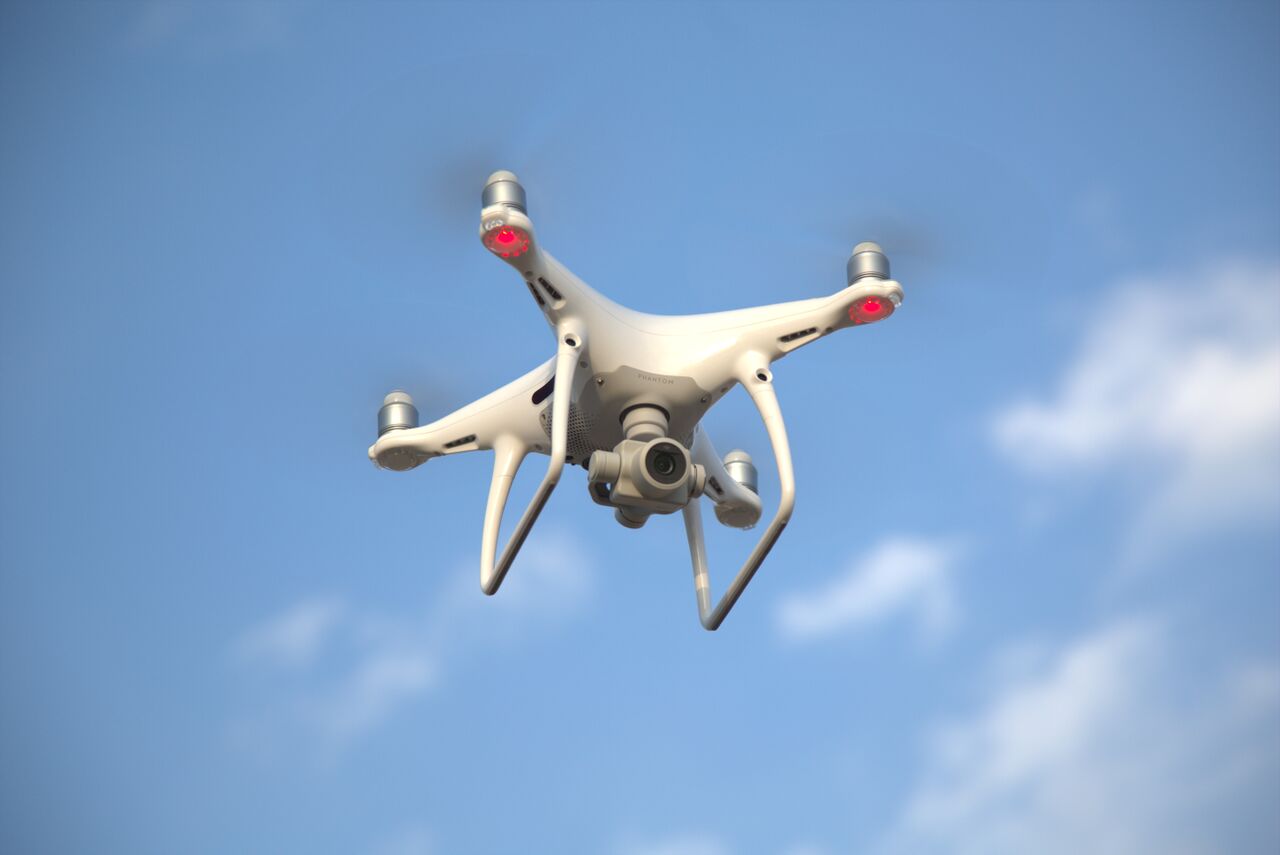
Photo: Mike Perlman
Drone: DJI Phantom 4 Pro
Flying a drone is an experience in itself, but flying one that’s smarter with extended range and battery life keeps the party going. The DJI Phantom 4 Pro (Amazon), our upgrade pick for drones, is for seasoned videographers and photographers who could use a bit more help with getting the best images and 4K videos.
The Phantom 4 Pro has a mechanical shutter and a 20-megapixel, 1-inch CMOS sensor that produces more refined footage. While its more expensive than other DJI models, it’s one of the safest and has advanced collision detection sensors that contribute to stability when it hovers.
Though we consider its four-mile range, comfortable controller (which includes a 5.5-inch, 1080p screen), and Obstacle Sensing System to be among its best features, its manual photography controls leave room for skill and customization.

Photo: Chris Heinonen
Bookshelf speakers: The KEF Q15
For clearer sound and more detail we recommend the KEF Q15 (Amazon), a favorite during testing and our upgrade pick for bookshelf speakers. Whether used for setting the mood or background entertainment, you’ll notice a difference in the way the Q15 set delivers sound.
Audiophiles, musicians and everyday listeners will be able to detect the superiority of its in-depth bass, and the sound of instruments that are easier to distinguish.
Largely, the Q15’s specially designed Uni-Q drivers contribute to its overall performance. Its black or white finish is straightforward and modest enough to pair with decor in most homes—the appeal heightens when the speakers are on.

Photo: Signe Brewster
Home 3D printer for beginners: Aleph Objects LulzBot Mini
Makers and creative tech enthusiasts who have a home 3D printer are automatically deemed cool. True impressiveness is rooted in how and what a 3D printer is capable of producing. The Aleph Objects LulzBot Mini takes print production up a few levels by offering higher quality and higher volume. Beginners who are just starting out will find the guidance of this printer’s simple software and preloaded print settings helpful.
We like that its heated bed makes picking up prints less difficult once they’re completed. Creatives who want to try a hand at something a bit more difficult can do so, as the LulzBot Mini handles complex designs well.
This guide may have been updated by Wirecutter. Note from Wirecutter: When readers choose to buy our independently chosen editorial picks, we may earn affiliate commissions that support our work.

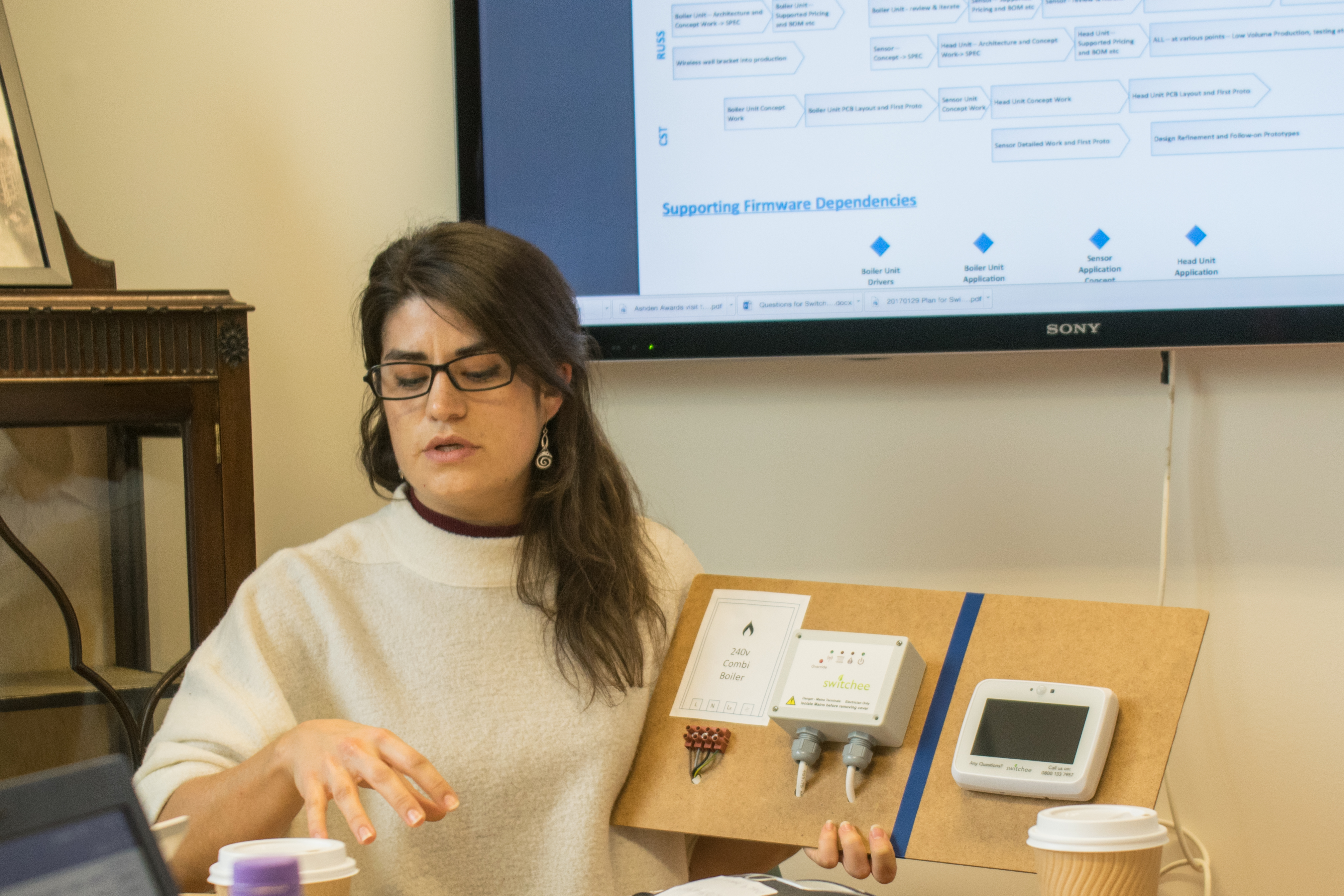
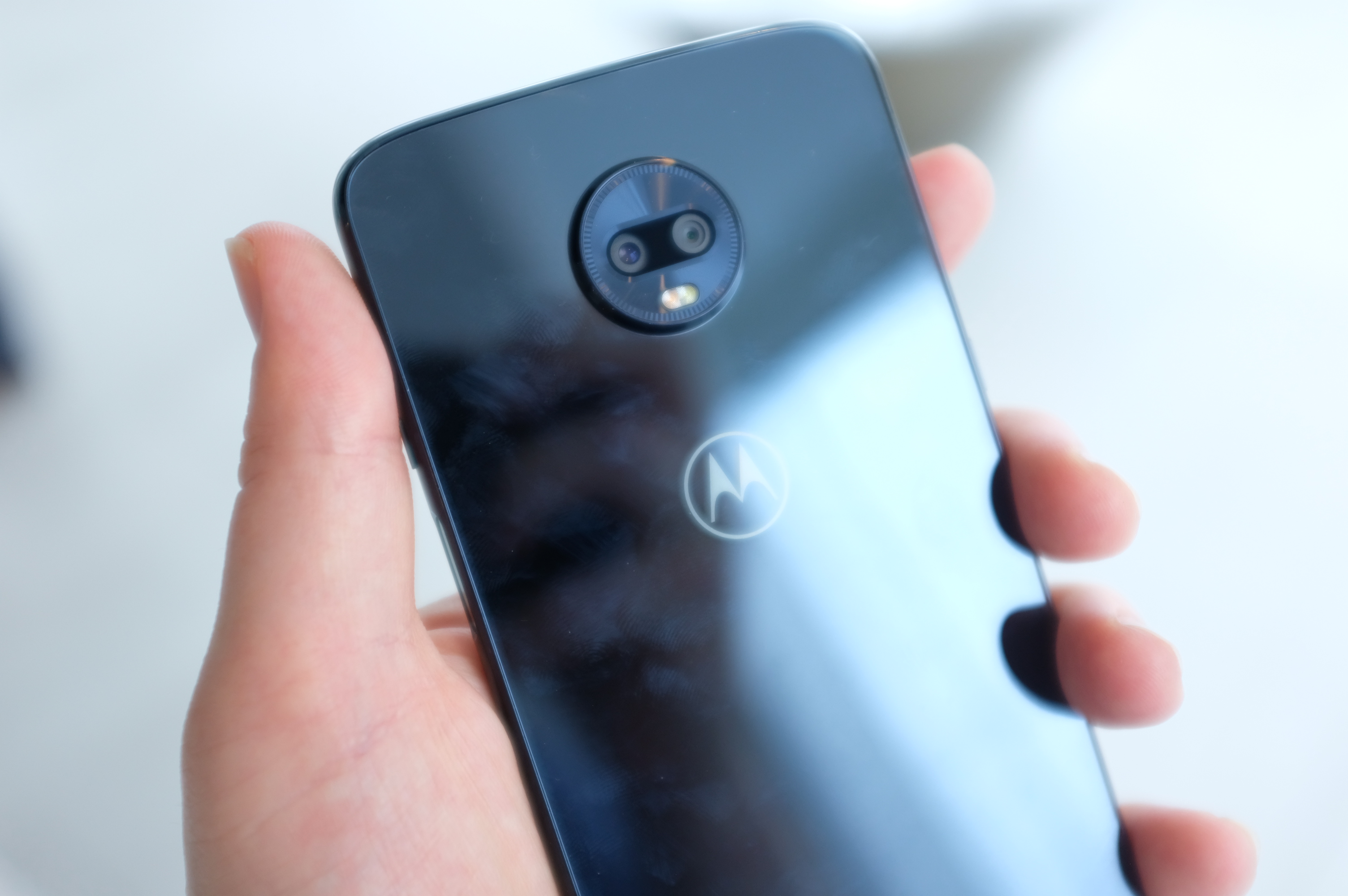
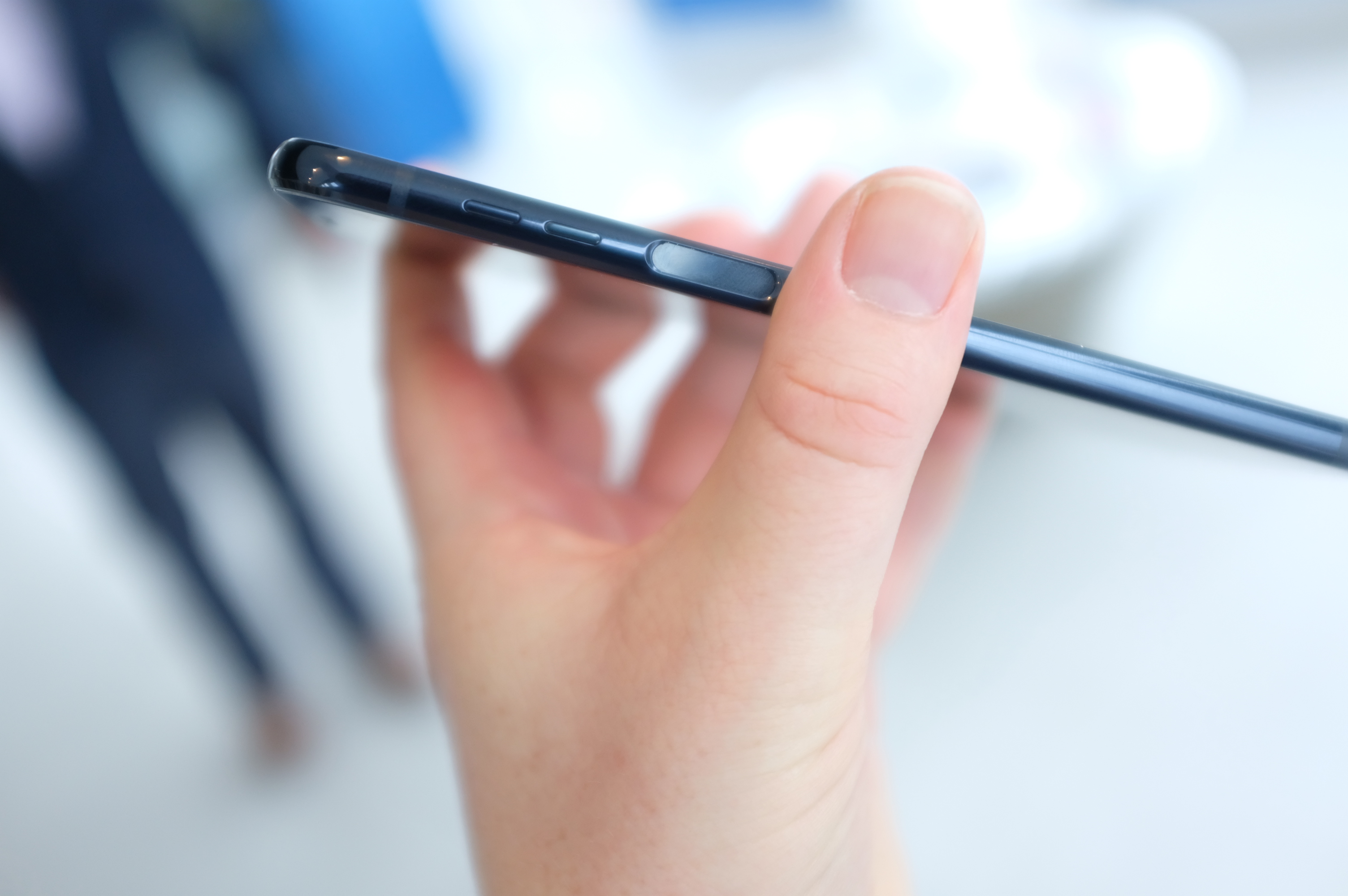
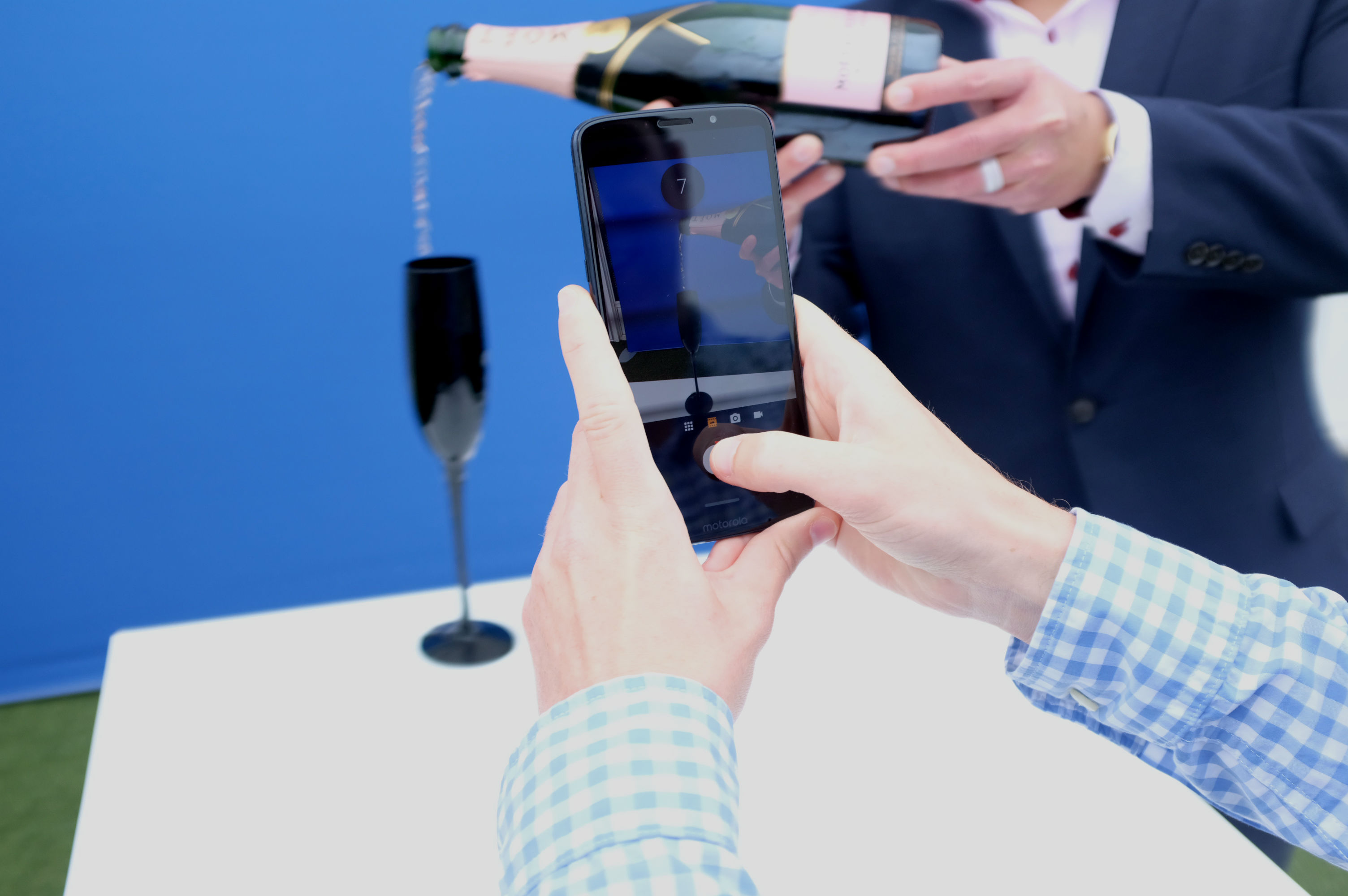
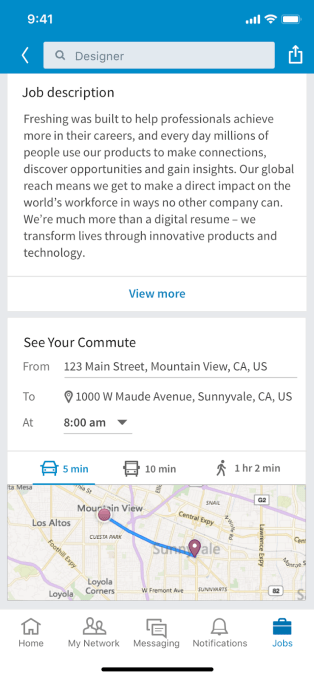 The feature will appear within job postings on LinkedIn and will become a part of how LinkedIn surfaces job opportunities in its search feature for its 500 million-plus users. “When members save their location preferences in
The feature will appear within job postings on LinkedIn and will become a part of how LinkedIn surfaces job opportunities in its search feature for its 500 million-plus users. “When members save their location preferences in 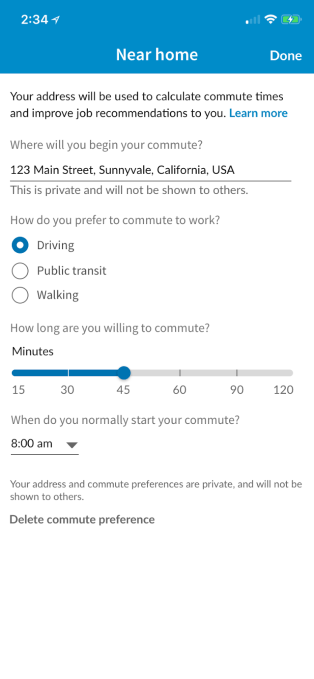 While LinkedIn has sometimes been taken to task for how it suggests connections to users — particularly in cases where it isn’t even clear how LinkedIn has gleaning is social graph information in the first place — Li said that the addition of this feature came straight from user feedback.
While LinkedIn has sometimes been taken to task for how it suggests connections to users — particularly in cases where it isn’t even clear how LinkedIn has gleaning is social graph information in the first place — Li said that the addition of this feature came straight from user feedback. Users will be able to send messages during a live session, which appears to work on a principle similar to Facebook Live, where people can catch widely broadcast streams as they happen, or watch them in playback mode. Once a match is made, users can start a live video chat with each other (a feature
Users will be able to send messages during a live session, which appears to work on a principle similar to Facebook Live, where people can catch widely broadcast streams as they happen, or watch them in playback mode. Once a match is made, users can start a live video chat with each other (a feature 
